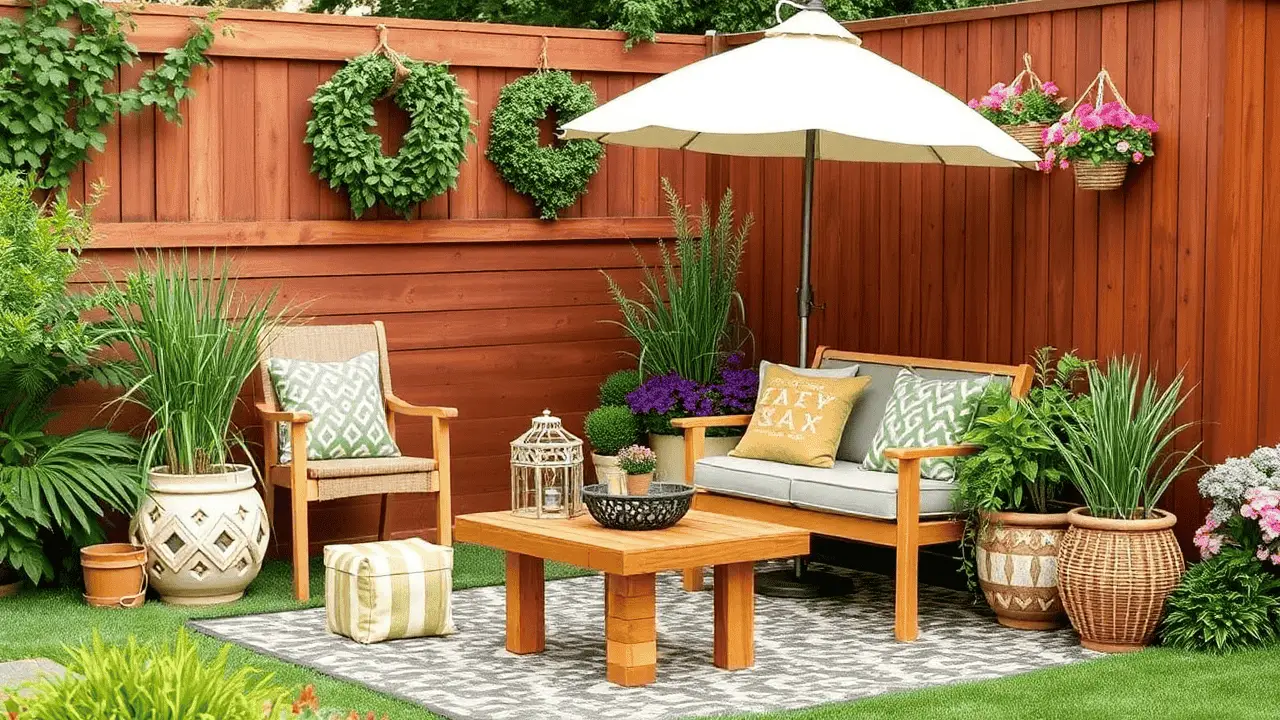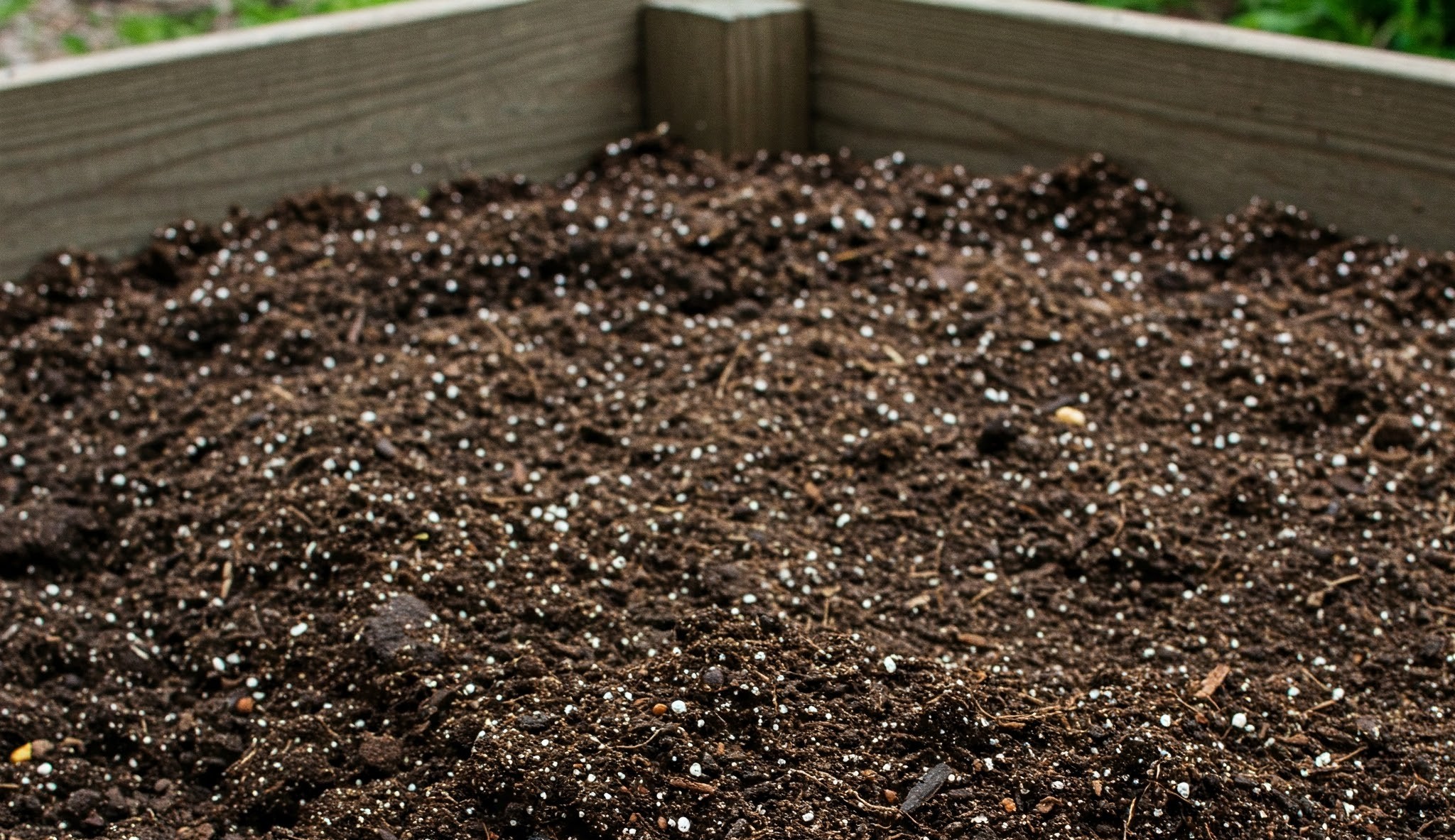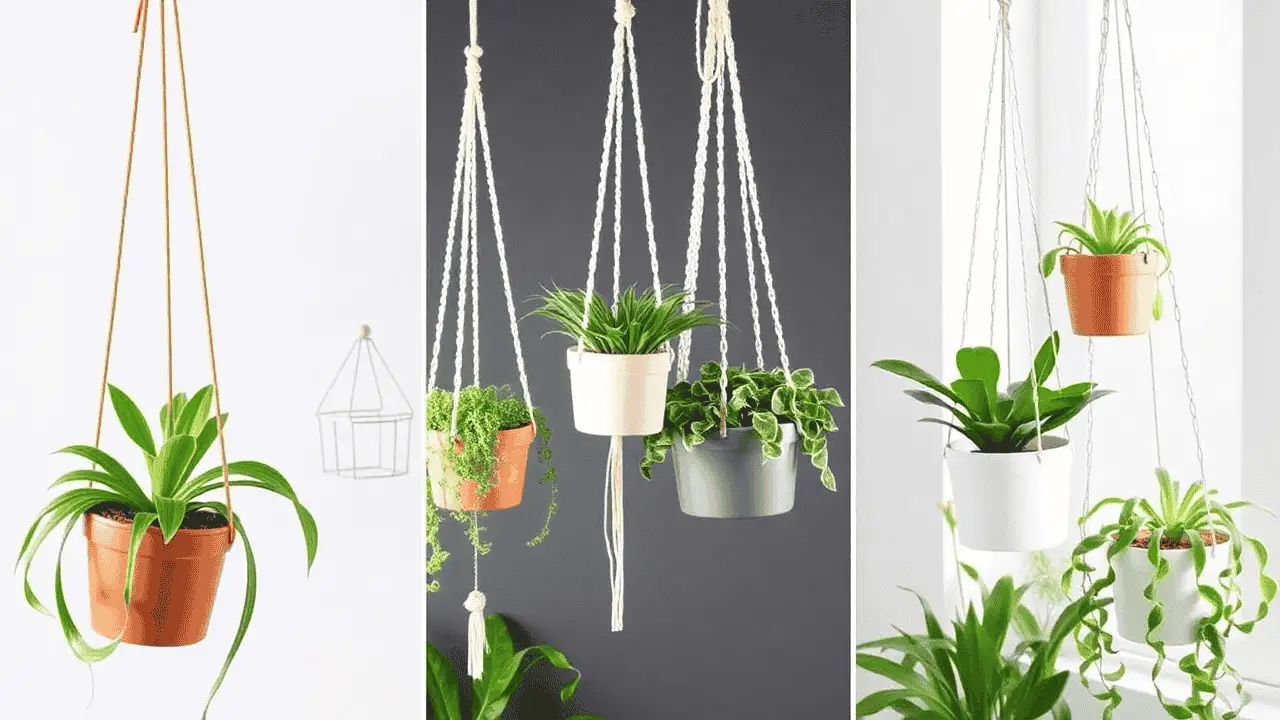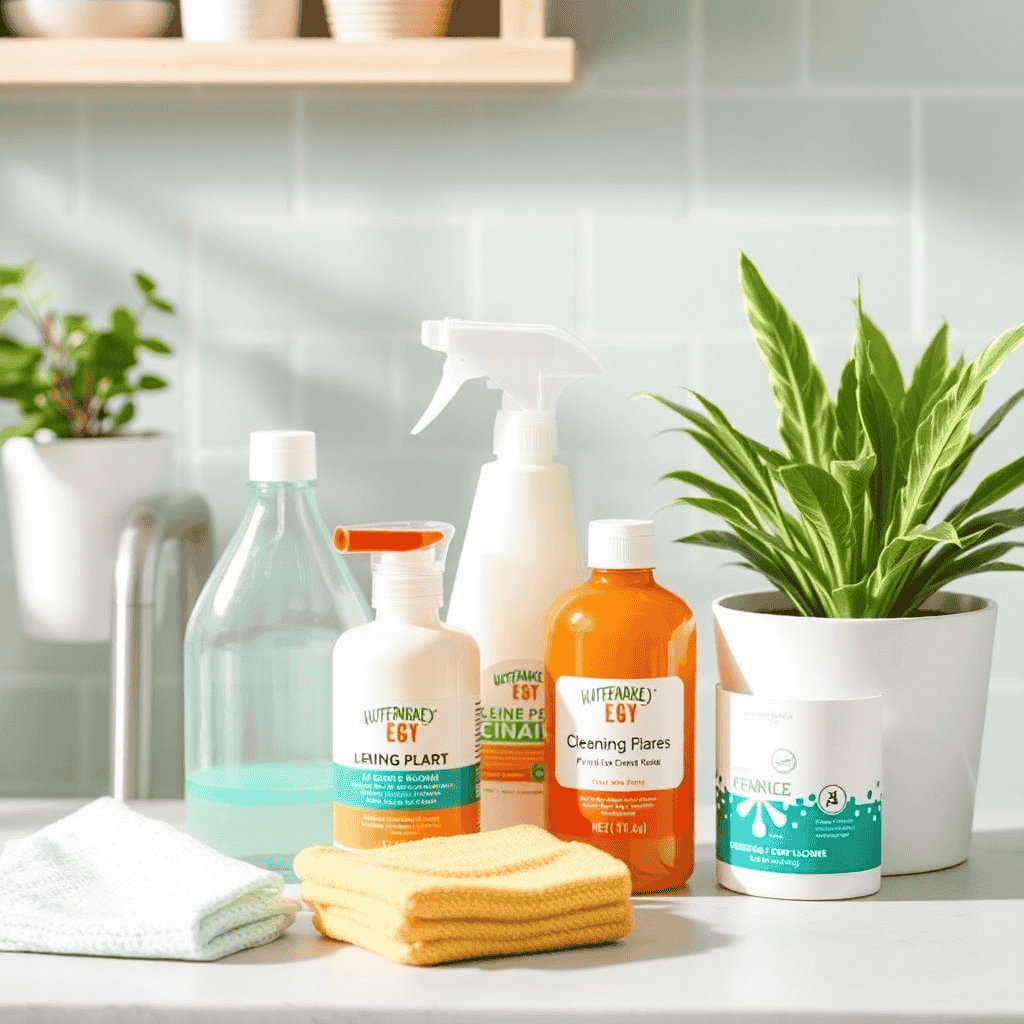Plant Decoration Ideas: Stylish Ways to Green Up Your Space

Plants have the unique ability to infuse any living space with life and vibrancy. With the growing popularity of urban gardening and the desire to create serene indoor environments, plant decoration ideas have become a key element in home decor.
Although minimalistic interiors are charming, adding plants can breathe life into your space, making it more inviting. Incorporating plant decoration ideas into your home or office not only enhances aesthetics but also improves air quality and boosts mood. Using creative arrangements, stylish pots, and functional displays can create a visually appealing and refreshing environment
Indoor Plant Decoration Ideas
Bringing greenery indoors is a great way to make your space feel warm and inviting. Here are some stylish plant decoration ideas:
1. Tabletop Plant Arrangements

Tabletop Plant Arrangements are a way to decorate your coffee tables and shelves with small plants. Here are the steps:
- Choose Small Plants: Pick small plants like succulents (which store water in their leaves) or ferns (which have leafy fronds).
- Select Decorative Pots: Find attractive pots or containers to put the plants in. The pots can be colorful, patterned, or even plain, as long as they match your style.
- Place Them on Tables or Shelves: Arrange these potted plants on your coffee tables or shelves. You can place one plant as a centerpiece or group a few together for a more abundant look.
- Mix and Match: Feel free to mix different types of plants and pots. It adds variety and makes the arrangement more interesting.
- Caring for the Plants: Remember to water the plants as needed and provide them with enough light. Succulents generally need less water, while ferns may need a bit more care.
Following these steps can create a lovely, natural display that brings a bit of the outdoors inside your home
Decorative Plant Pots – Check on Amazon
2. Wall-Mounted Planters

Wall-mounted planters are a fantastic way to add greenery to your space without taking up floor space. Here’s how you can use them:
- Choose the Right Planters: Look for planters that can be mounted on the wall. They come in various shapes, sizes, and materials like ceramic, metal, or wood. Some even have interesting designs that add to the decor.
- Select the Plants: Pick plants that are suitable for indoor wall planters. Small plants, trailing vines, or succulents are great choices. These plants usually don’t require a lot of space and are easy to maintain.
- Install Floating Shelves or Planters: You can use floating shelves to place your plants, or you can get wall planters that attach directly to the wall. Make sure they are securely mounted and can hold the weight of the plants and soil.
- Arrange Creatively: Arrange the planters in a way that looks appealing to you. You can create patterns, use different heights, or even mix and match different types of planters for a more eclectic look.
- Care for the Plants: Ensure that the plants receive enough light and water. Wall-mounted planters are usually placed higher, so be mindful of how you water them to avoid any mess.
Using wall-mounted planters can bring a touch of nature into your home and create an artistic, space-saving garden on your walls.
Wall-Mounted Planters – Check on Amazon
3. Terrariums and Glass Jars

Terrariums and Glass Jars are a beautiful way to display plants indoors, especially those that love moisture. Here’s how you can use them:
- Choose the Right Containers: Select glass containers, like terrariums or glass jars. They can be open or closed. Open terrariums are better for plants that need less humidity, while closed terrariums are perfect for plants that thrive in a humid environment.
- Select Suitable Plants: Pick plants that fit well in a terrarium. Some good choices are ferns, mosses, air plants, and small tropical plants. These plants usually need a bit more humidity to stay healthy.
- Layer the Bottom: Start by placing small rocks or pebbles at the bottom of the container for drainage. This helps prevent the roots from sitting in water.
- Add Soil and Plants: Add a layer of activated charcoal (optional) to keep the terrarium fresh, followed by a layer of soil suitable for the plants you’re using. Plant the chosen plants in the soil, arranging them in a way that looks nice to you.
- Decorate: You can add decorative elements like small figurines, colorful stones, or shells to make the terrarium more attractive.
- Care for the Terrarium: Place the terrarium in a spot with indirect light. Water it sparingly, as terrariums retain moisture well. Closed terrariums might need even less watering since they create a mini ecosystem.
Terrariums and glass jars not only add elegance to your space but also provide a perfect environment for moisture-loving plants. They are like little worlds of their own, bringing a piece of nature into your home.
Terrariums and glass jars – Check on Amazon
4. Bookshelf Greenery

Bookshelf Greenery is a way to create a cozy and inviting atmosphere by combining plants with books and other decorative items on your shelves. Here’s how to do it:
- Select the Plants: Choose small to medium-sized plants that can fit comfortably on your shelves. Some good options include succulents, small ferns, pothos, or trailing ivy. These plants are easy to care for and add a touch of green.
- Pick Decorative Pots: Use attractive pots or containers that complement your shelf decor. You can choose pots in different colors, shapes, and materials to add variety and interest.
- Arrange Books and Plants Together: Place your books and plants on the shelves, mixing them. You can stack some books horizontally and use them as a base to elevate the plants. This creates different heights and adds visual interest.
- Add Decorative Objects: Include other decorative items like candles, photo frames, small sculptures, or trinkets. These items add personality and make the shelves look more curated.
- Create a Balanced Look: Try to balance the arrangement by spacing out the plants and decorative objects evenly. Avoid overcrowding any one spot. You can also create little groupings or clusters for a more natural look.
- Care for the Plants: Make sure the plants get enough light, especially if your bookshelf is in a darker area. Water them as needed, and keep an eye out for any signs of stress.
Mixing plants with books and decorative objects can transform your bookshelf into a beautiful, lively display that feels warm and inviting.
5. Indoor Herb Gardens

Indoor Herb Gardens involve growing fresh herbs in pots inside your home, usually near a kitchen window where they can get plenty of light. Here’s how to do it:
- Choose Your Herbs: Select herbs that you use frequently in your cooking. Some popular choices include basil, mint, rosemary, thyme, parsley, and cilantro. These herbs are relatively easy to grow indoors.
- Pick Stylish Pots: Find attractive pots or containers to plant your herbs in. You can use ceramic pots, colorful planters, or even repurposed containers like teacups or mason jars. Make sure the pots have drainage holes to prevent water from accumulating.
- Use Good Potting Soil: Fill the pots with high-quality potting soil that’s suitable for growing herbs. You can also use a soil mix designed specifically for indoor plants.
- Plant the Herbs: Place the herb plants or seeds in the pots, following the planting instructions for each type of herb. Make sure to give each plant enough space to grow.
- Place Near a Window: Position the pots near a kitchen window where they can receive plenty of sunlight. Most herbs need at least 6 hours of sunlight each day. If your kitchen doesn’t get enough natural light, you can use a grow light to supplement.
- Water and Care for the Herbs: Water the herbs regularly, but be careful not to overwater them. The soil should be moist but not soggy. Trim the herbs as needed to encourage healthy growth and prevent them from becoming too leggy.
- Harvest and Enjoy: Once the herbs have grown, you can start harvesting them for use in your cooking. Simply snip off the leaves or stems as needed.
Growing an indoor herb garden can have fresh herbs at your fingertips, add a touch of greenery to your kitchen, and enjoy the beauty and aroma of live plants.
| Decoration Type | Best for |
|---|---|
| Tabletop Arrangements | Coffee tables, office desks |
| Wall-Mounted Planters | Small apartments, modern homes |
| Terrariums | Elegant and minimalistic designs |
| Bookshelf Greenery | Cozy, nature-inspired spaces |
| Indoor Herb Gardens | Kitchen decor and cooking convenience |
Outdoor Plant Decoration Ideas
Enhance your balcony, patio, or garden with these plant decoration ideas:
1. Vertical Gardens

Vertical Gardens are an excellent way to add greenery to small spaces without taking up valuable floor space. Here’s a simple guide on how to create a vertical garden:
- Choose the Right Planters: Look for vertical planters or hanging pots that can be attached to a wall. Many options are available, including pocket planters, modular systems, and wall-mounted pots. Select planters that suit your style and space.
- Select Your Plants: Pick plants that thrive in the conditions of your space. Some great options for vertical gardens include ferns, ivy, succulents, and even small flowering plants. These plants are known for their adaptability and can create a lush, vibrant effect.
- Prepare the Wall: Choose a suitable wall with enough light for the plants. Make sure the wall is strong enough to support the weight of the planters and plants. If needed, you can use a trellis or support system to hang the planters securely.
- Install the Planters: Attach the vertical planters or hanging pots to the wall. Follow the manufacturer’s instructions for installation to ensure they are secure. Arrange the planters in a way that is visually appealing and allows each plant enough space to grow.
- Plant Your Green Wall: Fill the planters with good-quality potting soil and plant your chosen greenery. Ensure the plants are well-spaced and have enough room for their roots to grow.
- Water and Care: Regularly water your vertical garden, making sure the plants get enough moisture. Vertical gardens may require more frequent watering than traditional gardens, as the soil tends to dry out faster. Provide the necessary light and nutrients to keep the plants healthy.
- Enjoy Your Green Wall: Your vertical garden will add a fresh, vibrant feel to your space. It not only saves space but also brings a touch of nature indoors or to your patio or balcony.
Following these steps can create a beautiful vertical garden that enhances your living space and brings a touch of green to your home.
2. Hanging Baskets

Hanging Baskets are a fantastic way to add a pop of color and cheer to your space. Here’s a simple guide on how to use them:
- Choose Your Baskets: Look for hanging baskets that are sturdy and have good drainage. They come in various materials like plastic, wicker, or metal. You can pick ones that match your decor style.
- Select Colorful Flowers: Choose flowers that do well in hanging baskets and can add vibrant colors. Some great options are petunias, fuchsias, and geraniums. These flowers are known for their beautiful blooms and trailing growth habits.
- Prepare the Baskets: Line the baskets with a coco liner or moss to help retain moisture. Fill the baskets with good-quality potting soil that’s suitable for flowering plants.
- Plant the Flowers: Arrange the flowers in the baskets, ensuring they have enough space to grow. You can mix different types of flowers for a more dynamic look or stick to one type for a more uniform appearance.
- Hang the Baskets: Find suitable spots to hang the baskets. You can use hooks on the ceiling, pergolas, or balcony railings. Make sure the baskets are securely hung and positioned to receive the right amount of sunlight.
- Care for the Flowers: Water the flowers regularly, but make sure the soil is not waterlogged. Hanging baskets tend to dry out faster, so they may need more frequent watering. Fertilize the plants occasionally to keep them healthy and blooming.
Following these steps can create beautiful, colorful hanging baskets that brighten up your balcony, patio, or garden, adding a cheerful touch to your outdoor space.
3. Potted Pathway Plants

Potted Pathway Plants are a wonderful way to enhance the look of your garden pathways and make them more inviting. Here’s how to do it:
- Select Stylish Planters: Choose a variety of pots with different shapes, sizes, and colors. This adds visual interest and makes the pathway more appealing. You can use ceramic pots, terracotta pots, or even decorative metal containers.
- Pick Suitable Plants: Select plants that will do well in pots and add texture and fragrance to the pathway. Some great choices include lavender (known for its lovely scent), rosemary (which is also useful in cooking), and decorative grasses (which add movement and texture).
- Arrange the Planters: Line the pathway with the chosen planters. You can place them at regular intervals or stagger them for a more natural look. Make sure the arrangement looks balanced and harmonious.
- Create a Cohesive Look: To create a cohesive look, try to use planters that complement each other in style or color. You can also coordinate the plants by using similar tones or contrasting colors for a more dynamic effect.
- Care for the Plants: Water the plants regularly and ensure they get the right amount of sunlight. Most pathway plants will need at least a few hours of sunlight each day. Prune and trim the plants as needed to keep them looking neat and healthy.
- Add Lighting (Optional): Consider adding some garden lights along the pathway to highlight the planters and create a magical ambiance in the evening.
Lining your garden pathways with stylish planters and beautiful plants can create a welcoming and visually stunning pathway that enhances the overall charm of your garden.
4. Pergola Climbing Plants

Pergola Climbing Plants can transform your pergola into a stunning, shaded oasis. Here’s how to get started:
- Choose the Right Plants: Select climbing plants that are well-suited for your climate and growing conditions. Some popular choices include:
- Jasmine: Known for its sweet fragrance and beautiful white or yellow flowers.
- Wisteria: Offers stunning, cascading clusters of purple or white flowers.
- Climbing Roses: Provide a classic, romantic look with their colorful blooms and delightful scent.
- Prepare the Pergola: Ensure your pergola is sturdy enough to support the weight of the climbing plants. You may need to add some trellis or wires to help guide the plants as they grow.
- Plant the Vines: Plant the climbing plants at the base of the pergola’s supports. Make sure they have enough space to grow and spread. Water the plants well after planting.
- Train the Plants: As the vines start to grow, gently guide them to climb up the pergola supports. You can use soft ties or garden twine to secure the vines to the pergola without damaging the stems.
- Care for the Plants: Provide regular watering and fertilize as needed to keep the plants healthy. Prune the vines to encourage more growth and to keep them in shape.
- Enjoy the Shade and Beauty: Once the climbing plants are well-established, they will create a beautiful canopy of greenery and flowers, providing shade and a touch of elegance to your outdoor space. The fragrance from the flowers will also add to the pleasant atmosphere.
Following these steps can create a lovely, fragrant, and shaded area under your pergola, perfect for relaxing and enjoying the outdoors.
5. Water Features with Plants

Water Features with Plants are a beautiful way to add tranquility and elegance to your outdoor space. Here’s how you can incorporate them:
- Choose the Water Feature: Decide on the type of water feature you want. It could be a small fountain, a pond, or even a birdbath. The size and style will depend on your space and preferences.
- Select Water-Loving Plants: Pick plants that thrive in water. Some excellent choices include:
- Water Lilies: These plants have stunning flowers that float on the water’s surface.
- Lotus: Known for their large, striking flowers and round leaves.
- Water Lettuce: Floating plants that provide coverage and reduce algae growth.
- Other Aquatic Plants: Plants like papyrus, water hyacinth, and irises are also great for adding variety and texture.
- Prepare the Water Feature: If you’re using a pond, make sure it’s clean and has proper circulation. For fountains, ensure the pump is working correctly. Position the water feature in a spot that receives adequate sunlight for the plants.
- Add the Plants: Place the water-loving plants in the water feature. Water lilies and lotus should be planted in pots submerged in the pond while floating plants like water lettuce can simply be placed on the surface.
- Arrange Creatively: Arrange the plants in a way that looks natural and aesthetically pleasing. You can group plants or space them out for a more balanced look.
- Maintain the Water Feature: Regularly check the water quality and clean the water features to prevent algae buildup. Make sure the plants are getting the right amount of sunlight and nutrients. Trim and remove any dead leaves or flowers to keep the plants healthy.
Incorporating water features with plants can create a serene and peaceful atmosphere in your garden. The combination of water and greenery adds a refreshing touch and makes your outdoor space more inviting.
These plant decoration ideas can transform your balcony, patio, or garden into a charming and inviting outdoor haven.
Choosing the Right Plants for Decoration
Choosing the right plants for decoration can greatly enhance the look and feel of your space. Here are some great options based on different needs and styles:
- Low-Maintenance Plants:
- Snake Plants: These plants are extremely easy to care for and can thrive in low light and with minimal watering.
- Pothos: Known for their heart-shaped leaves, pothos are hardy and can grow in various light conditions. They are perfect for beginners.
- Peace Lilies: These plants have elegant white blooms and can tolerate low light. They also require minimal care and can even indicate when they need water by dropping their leaves.
- Air-Purifying Plants:
Spider Plants: These plants are excellent for improving indoor air quality. They are easy to grow and produce small, white flowers.
- Ferns: Ferns like the Boston Fern are great for humid environments and help remove pollutants from the air.
- Areca Palms: These palms are not only decorative but also effective at filtering indoor air. They add a tropical touch to your space.
- Colorful Flowering Plants:
- Orchids: Orchids are known for their stunning and long-lasting blooms. They come in various colors and can add a touch of elegance.
- Begonias: These plants offer vibrant flowers and interesting foliage. They can be grown indoors with the right care.
- African Violets: With their colorful and delicate flowers, African violets are perfect for adding a splash of color to your home.
- Trailing Plants:
- Ivy: Ivy plants can cascade beautifully from shelves or hanging baskets. They are easy to care for and add a lush look.
- String of Pearls: This unique plant has small, bead-like leaves that trail down, creating an eye-catching effect.
- Philodendrons: Philodendrons are versatile and can be used as trailing plants or trained to climb. They add greenery and texture.
- Tall Statement Plants:
- Fiddle Leaf Figs: These plants have large, glossy leaves and can grow quite tall, making them a striking focal point.
- Rubber Plants: With their broad, dark green leaves, rubber plants add a bold and modern look to any room.
- Bamboo Palms: These palms are great for adding height and a tropical feel to your space. They are also relatively low-maintenance.
Tips for Decorating with Plants
- Use Decorative Pots: Choose planters that complement your home’s color scheme and overall style. If your decor is modern, go for sleek, minimalist pots. For a more rustic look, consider terracotta or ceramic pots. Colorful or patterned pots can add a pop of personality.
- Mix Plant Heights: Arrange plants of different heights to create a dynamic and visually interesting display. Place taller plants in the back or center and shorter plants in the front. This layering effect adds depth and dimension to your space.
- Incorporate Natural Elements: Use pots made of natural materials like wood, ceramic, or woven baskets to add a cozy, rustic touch. These materials can bring warmth and texture to your decor. They also pair well with various plant types and styles.
- Rotate Plants Regularly: Change the positions of your plants every few weeks to ensure they receive even sunlight exposure. This helps prevent one-sided growth and keeps the plants healthy. Rotating also gives your space a fresh look.
- Group Plants Together: Create a lush, mini jungle by clustering plants with similar care needs together. Grouping plants not only makes it easier to manage their care but also creates a fuller, more cohesive display. Mix different types of plants to add variety.
Common Mistakes to Avoid When Decorating with Plants
- Choosing the Wrong Plants: Ensure that the plants you select are suitable for the lighting and humidity levels of your space. For instance, some plants thrive in low light, while others need plenty of sunlight. Check the care instructions for each plant and match them to your indoor conditions.
- Overcrowding Plants: Avoid placing too many plants in one area. Overcrowding can make the space look cluttered and reduce airflow, which can lead to plant health issues. Give each plant enough room to breathe and grow.
- Ignoring Plant Care Needs: Regular watering, pruning, and repotting are essential for keeping your plants healthy. Neglecting these tasks can lead to wilted, overgrown, or root-bound plants. Make sure to follow a care routine and check on your plants regularly.
- Using Dull Planters: The right planters can enhance the overall aesthetic of your space. Using dull or mismatched pots can detract from the beauty of your plants. Choose decorative pots that complement your decor and add to the visual appeal.
- Placing Plants in Direct Sunlight: Not all plants can tolerate direct sunlight. Some plants thrive in shade or need filtered light. Placing shade-loving plants in direct sunlight can cause them to scorch and die. Be mindful of each plant’s light requirements and position them accordingly.
FAQs on Plant Decoration
Q: What are the best plants for home decoration?
A: Pothos, snake plants, succulents, and fiddle leaf figs are great options.
Q: How do I style my living room with plants?
A: Use a mix of floor plants, hanging pots, and small tabletop planters for balance.
Q: Can I decorate a small space with plants?
A: Yes, opt for vertical gardens, wall-mounted planters, and compact tabletop plants.
Q: How often should I water indoor plants?
A: It depends on the plant type, but most need watering once a week.
Conclusion
Incorporating plant decoration ideas into your home or outdoor space can elevate its aesthetics while providing a natural, calming ambiance. Whether you prefer minimalistic designs or lush green arrangements, the right plants and decor choices can transform any space beautifully.
Recommended Plant Decoration Accessories
- Decorative Plant Pots – Check on Amazon
- Wall-Mounted Planters – Check on Amazon
- Hanging Plant Holders – Check on Amazon
- Self-Watering Planters – Check on Amazon
By following these ideas, you can create a stunning green space that enhances both beauty and functionality!

I’m John Doe, a Certified Master Gardener with over 20 years of hands-on experience in cultivating healthy and vibrant gardens. My expertise spans organic gardening, soil science, and sustainable pest control. I’ve worked extensively with community gardens and have a deep passion for sharing my knowledge to help others succeed in their gardening endeavors.






